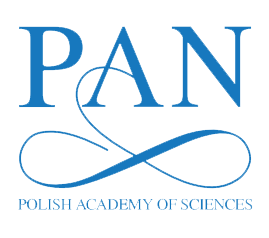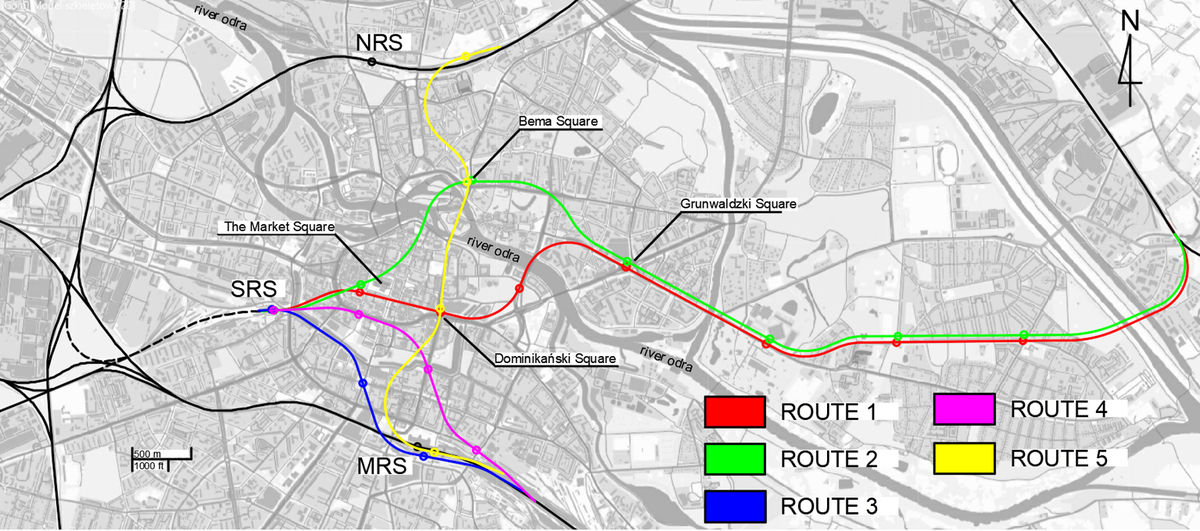An approach to transport infrastructure design using a two-step method based on modified ant colony optimization
1
Civil Engineering, Wroclaw University of Science and Technology, Poland
These authors had equal contribution to this work
Submission date: 2024-02-01
Final revision date: 2024-04-18
Acceptance date: 2024-05-21
Publication date: 2025-06-16
Corresponding author
Mariusz Korzeń
Civil Engineering, Wroclaw University of Science and Technology, ul. Wybrzeże Wyspiańskiego, 50-370, Wrocław, Poland
Civil Engineering, Wroclaw University of Science and Technology, ul. Wybrzeże Wyspiańskiego, 50-370, Wrocław, Poland
Archives of Civil Engineering 2025;71(2):67-82
KEYWORDS
transport infrastructurepublic transportationmodified ant colony optimizationrailway tunneltwo-step evaluation
TOPICS
ABSTRACT
The main purpose of the paper is to develop a tool to effectively support the transport infrastructure planning process. The novel method is based on modified ant colony optimization and is used for evaluating new infrastructure sections in the public transport. The section could contain a single route as well as a combination of two or more routes. The authors propose a two-step evaluation. Step one uses a modified ant colony optimization to evaluate a single underground route. As a result, for each route, the effort that artificial ants have to cover the routes is obtained. Such effort is calculated considering the distance, total length, number of inhabitants, and areas with access to the rail network. In step two, the proposed routes are combined to create variants. The evaluation of combining routes use additional parameters like crossing time or travel time in alternative means. The case study located in one of the biggest agglomerations in Poland shows the method's utility in the evaluation of options for a railway tunnel. The analyses show that all criteria have an influence on the results and that the new, two steps method gives an intriguing effect. The presented methodology contains novel elements and their implementation to specific transport infrastructure elements. The results are contrasted with an algorithm based on multi-criteria analysis, which showed the greater complexity of the proposed approach.
We process personal data collected when visiting the website. The function of obtaining information about users and their behavior is carried out by voluntarily entered information in forms and saving cookies in end devices. Data, including cookies, are used to provide services, improve the user experience and to analyze the traffic in accordance with the Privacy policy. Data are also collected and processed by Google Analytics tool (more).
You can change cookies settings in your browser. Restricted use of cookies in the browser configuration may affect some functionalities of the website.
You can change cookies settings in your browser. Restricted use of cookies in the browser configuration may affect some functionalities of the website.




